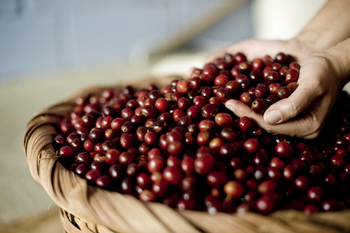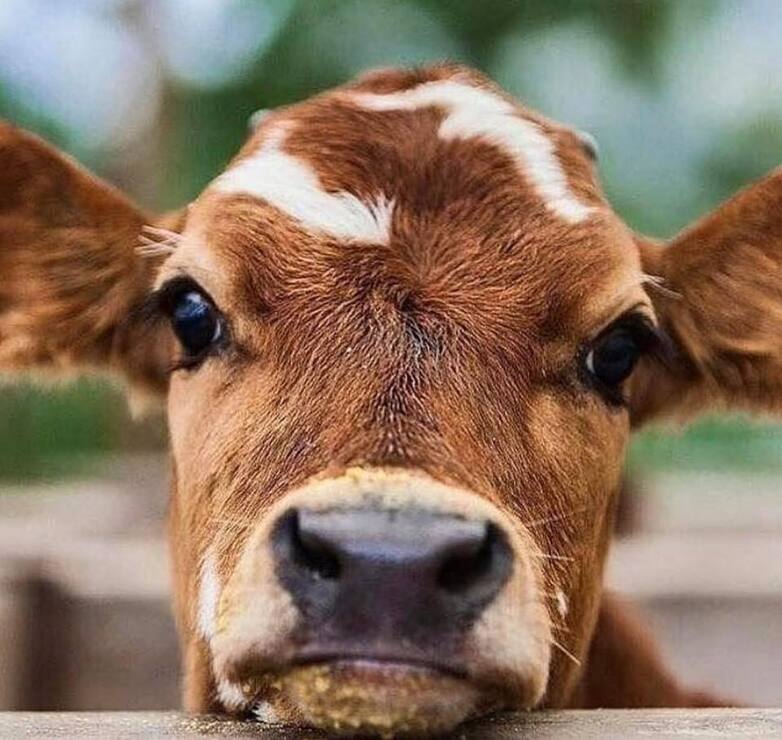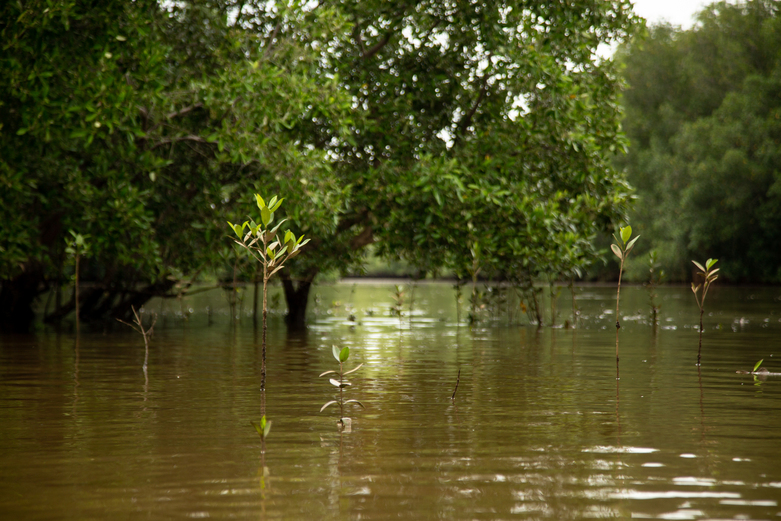Making Costa Rica’s agricultural and blue production systems more climate sensitive
Rutas Transformadoras bajas en Emisiones de Carbono y Resilientes al Clima de Costa Rica
-
Commissioning Party
Federal Ministry for Economic Affairs and Climate Action (BMWK), Federal Ministry for Environment, Nature Conservation, Nuclear Safety and Consumer Protection (BMUV)
-
Cofinancier
European Union
-
Country
-
Lead executing agency
More
-
Overall term
2022 to 2026
-
Products and expertise
Climate, environment, management of natural resources

Context
Costa Rica has ambitious Nationally Determined Contributions (NDC) and Sustainable Development Goals (SDG) to become a resilient and carbon-neutral economy by 2050. However, there is still great potential for further development and to implement effective “green and blue” production standards in relevant sectors.
Political commitment to this agenda is high despite the economic effects of the COVID-19 pandemic. In fact, the Costa Rican government considers decarbonisation and resilience processes to be important to recovery from the pandemic crisis.
Costa Rica's high climate mitigation and adaptation ambitions make it a key international player, a leader in the Americas and an ally in contributing to the European Union's climate neutrality ambitions and its new Green Deal. At a time when climate ambitions are being questioned, there is a clear interest on the part of the European Union and Germany in reinforcing alliances on climate change with Costa Rica.
Objective
Actors from relevant sectors in Costa Rica have shifted their agricultural and blue production systems towards more biodiverse, low-carbon and climate-resilient value chains.

Approach
The programme aims to transform Costa Rica’s agricultural sectors by supporting its Nationally Appropriate Mitigation Actions (NAMA) – in the areas of coffee cultivation, livestock and banana cultivation. It also carries out activities to conserve marine-coastal resources and manage them more effectively.
The goals are to:
- save 40,000 tons of CO2 equivalent,
- effectively conserve and manage 2,000 square kilometres of marine-coastal resources,
- raise additional climate finance of at least 10,000,000 US dollars.
For this the programme works on five components:
- Governance: making policies and governance coherent and efficient to enable low carbon and resilient pathways
- Agriculture: implementing low-carbon, biodiversity-conserving, and resilient agricultural production practices
- Marine and coastal areas: improving the livelihoods of coastal communities, based on the sustainable management and conservation of marine and coastal resources
- Climate finance: making limate finance available for all the relevant stakeholders
- Capacity building: increasing awareness and knowledge about low carbon pathways and resilience within the population.
In addition to the components, the programme seeks to support the achievement of the indicators, such as: monitoring and evaluation, access to new markets, and agribusiness.

Last update: August 2023






